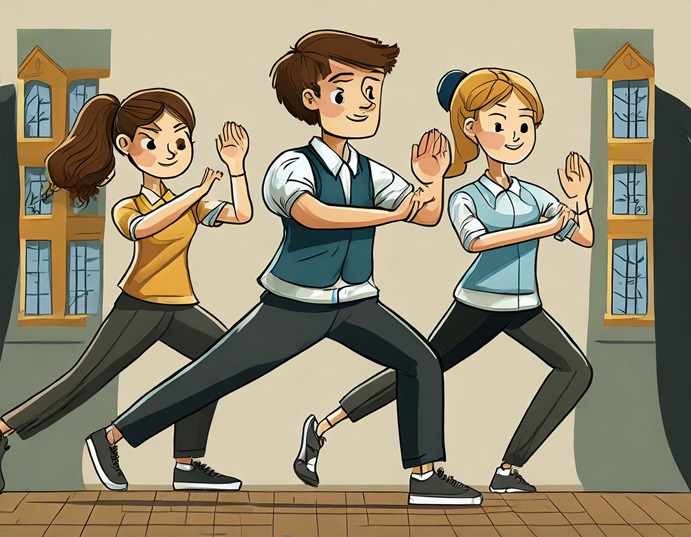May is Mental Health Month, a time to spotlight innovative ways to support emotional well-being. While test anxiety among teens is nothing new, researchers are finding fresh solutions that combine the healing powers of nature and gentle mind-body practices. One exciting new approach? Nature-Based Mind–Body Interventions (NMI).
A 2025 feasibility study published in Frontiers in Psychology explored how blending outdoor activities with simple mindfulness exercises could reduce test anxiety, depression, and general stress among adolescents. The results? Very encouraging—and very practical.
📚 Why Focus on Test Anxiety?
Test anxiety isn’t just nerves before a big exam. It can trigger:
- Rapid heartbeat and shallow breathing
- Sleep problems
- Avoidance of studying
- Negative self-talk
- Even long-term issues like anxiety or depression
Traditional solutions like cognitive-behavioral therapy (CBT) and medications work for some—but they can feel clinical, stigmatized, or expensive. Many teens never seek help at all.
That’s why lower-barrier strategies like nature-based interventions are so promising.
🌳 What Is a Nature-Based Mind–Body Intervention (NMI)?
The NMI model combines:
- Nature-based activities: walks, outdoor play, nature observation, crafts
- Simple mind–body techniques: mindfulness, breathing exercises, expressive writing, relaxation
Instead of formal therapy sessions, students participated in six 3-hour group activities near a river. They connected with the outdoors and with each other through activities like:
- Naming themselves after natural elements (“Super Poplar” 🌳!)
- Nature hikes at sunrise 🌅
- River-themed storytelling 🎭
- Meditative breathing exercises 🍃
- Stone-throwing to symbolically release stress 🪨
No therapy couches. No complex jargon. Just meaningful, structured time in a natural setting.
📈 What Did the Study Find?
After just a few months:
- Students with high test anxiety showed a large reduction in symptoms (Hedges’ g = 1.05)
- Levels of general anxiety and depression also improved significantly
- Participants reported better self-esteem, stronger peer relationships, and greater emotional resilience
- Academic performance improved as emotional barriers lessened
In short: a simple, low-cost program made a big emotional impact.
💡 How Schools and Communities Can Take Action
Even if you don’t have a river nearby, you can adapt these strategies:
- Outdoor Mindfulness Walks: Lead students in quiet observation walks through parks or green spaces
- Nature Journals: Ask students to sketch or write about what they notice in nature
- Gratitude Cards: Encourage gratitude or praise-sharing activities inspired by natural themes
- Expressive Activities: Try origami poetry, river storytelling, or group mural painting outside
- Breathing Breaks: Teach 2-minute nature visualization or breathing exercises
✅ No professional therapists needed
✅ Low cost
✅ Minimal stigma
✅ Easy to integrate into health or advisory classes
🧠 Why It Matters During Mental Health Month
Mental Health Month reminds us that mental wellness isn’t about complex or costly solutions. It’s about creating spaces—both physical and emotional—where young people can feel safe, supported, and resilient.
Incorporating simple nature-based mind–body practices could be an accessible way to offer that kind of space, especially for teens who are quietly struggling with anxiety but might not seek formal help.
🌟 Final Thought
As the researchers concluded: “Reconnecting young people with nature and with their inner selves can help build resilience—not just for the next test, but for life.”
This May, let’s explore new paths to well-being—one mindful step outdoors at a time.






